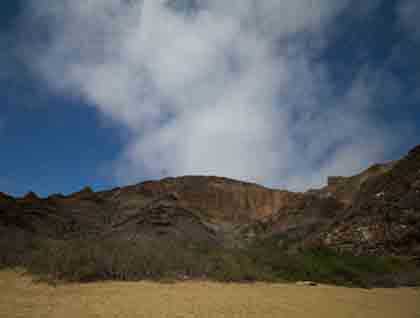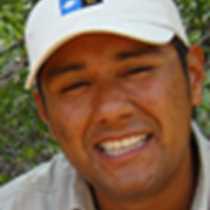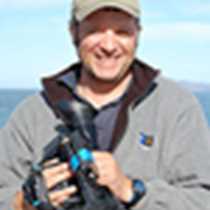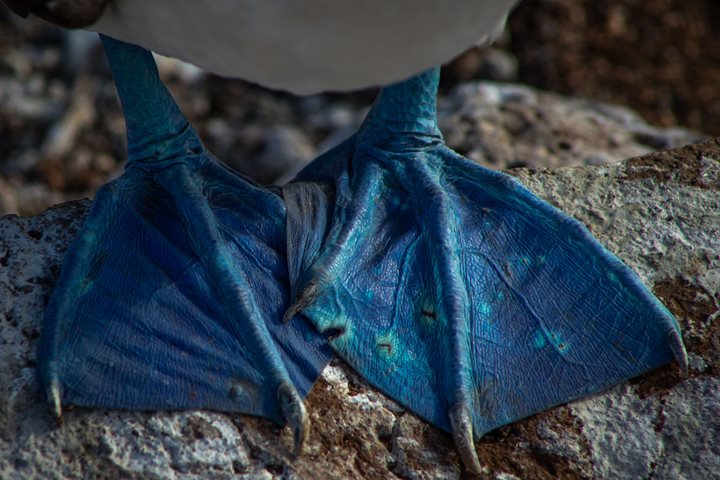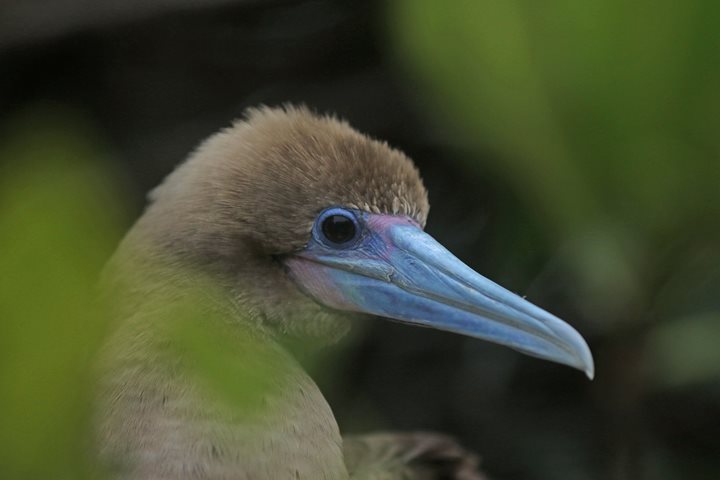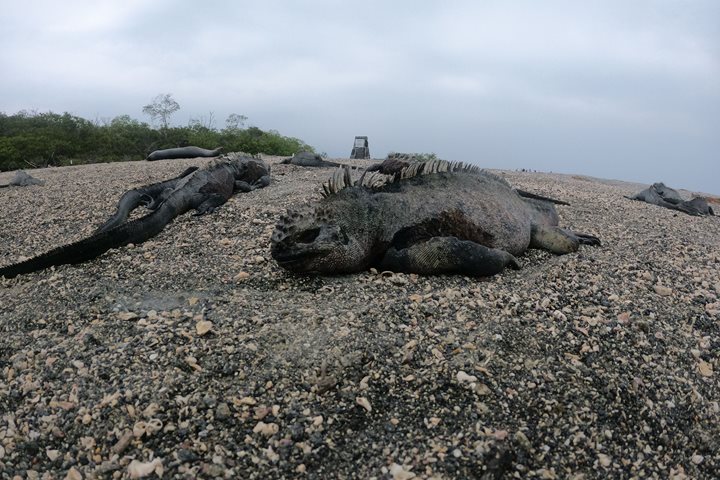Our current location is the Island of San Cristobal, and the place to explore is known as Punta Pitt. Many places have been explored during this week, all with great wildlife diversity and gorgeous landscapes. Every one of them is literally different, in both geological age and colors.
We had a cloudy morning; the perfect weather to hike along the ravine created by water erosion in the old volcanic ashes substrate. As we slowly moved into the trail some red-footed boobies landed nearby the few existing plants. The area makes you believe there is nothing around but it turns out we were wrong.
San Cristobal lava lizards, mockingbirds, and numerous species of plants showed up along the way. When our guests arrived at the highest area the landscape cleared out from the mist and fog. There was a perfect moment for a short photo session with our young explorers and families.
It took an hour and a half to hike there and about 20 minutes to return, and at the beach many of us couldn’t resist a quick dip before coming back aboard. During lunch it was great to see and listen to everyone’s opinion of this early-morning plan, which everyone seemed to enjoy.
Our captain moved the National Geographic Islander to a different location known as Leon Dormido, or Kicker Rock. This was the first geological formation Charles Darwin saw when he arrived at the Galapagos Islands. Is and old volcano surrounded by a deep ocean.
We finally had the right moment to snorkel, and the intentions were to find Galapagos sharks, black-tipped reef sharks, and sea turtles—all of them were found, despite the murky waters. And later on, back aboard, we circumnavigate Kicker Rock for a better appreciation of this old volcano.
This was the end of our expedition but remember, dear guest, we hope to see you come back to us soon!

